Description
The JHS 3SOR is in new condition and made by JHS , it is a great Reverb Octave Guitar Effect Pedal – JHS 3 Series Octave Reverb Pedal Reverb Guitar Effects Pedal with Octave Up/Down Switch The JHS 3 Series Octave Reverb is the company’s take on the… . Available from Just Pedals for only 78.29 (+delivery)
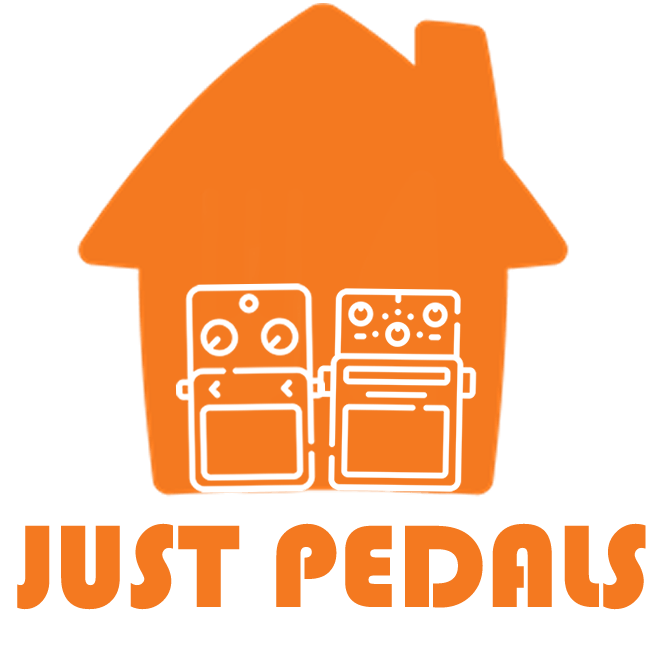


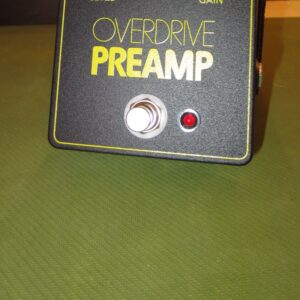

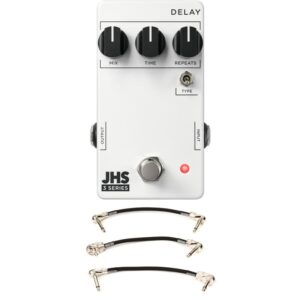
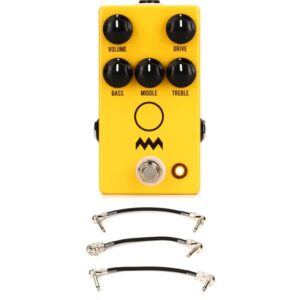
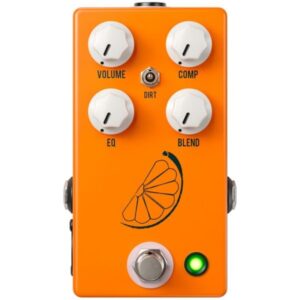
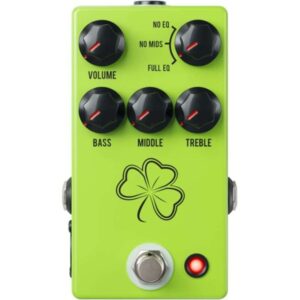
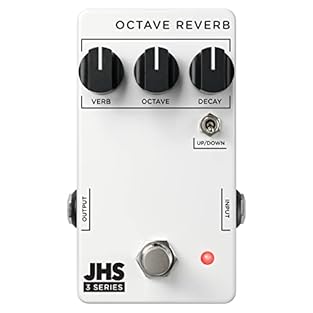


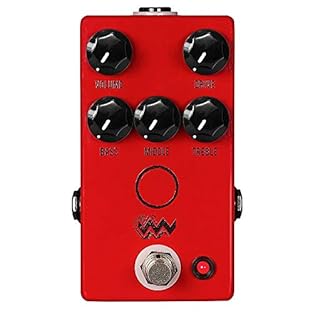

Reviews
There are no reviews yet.